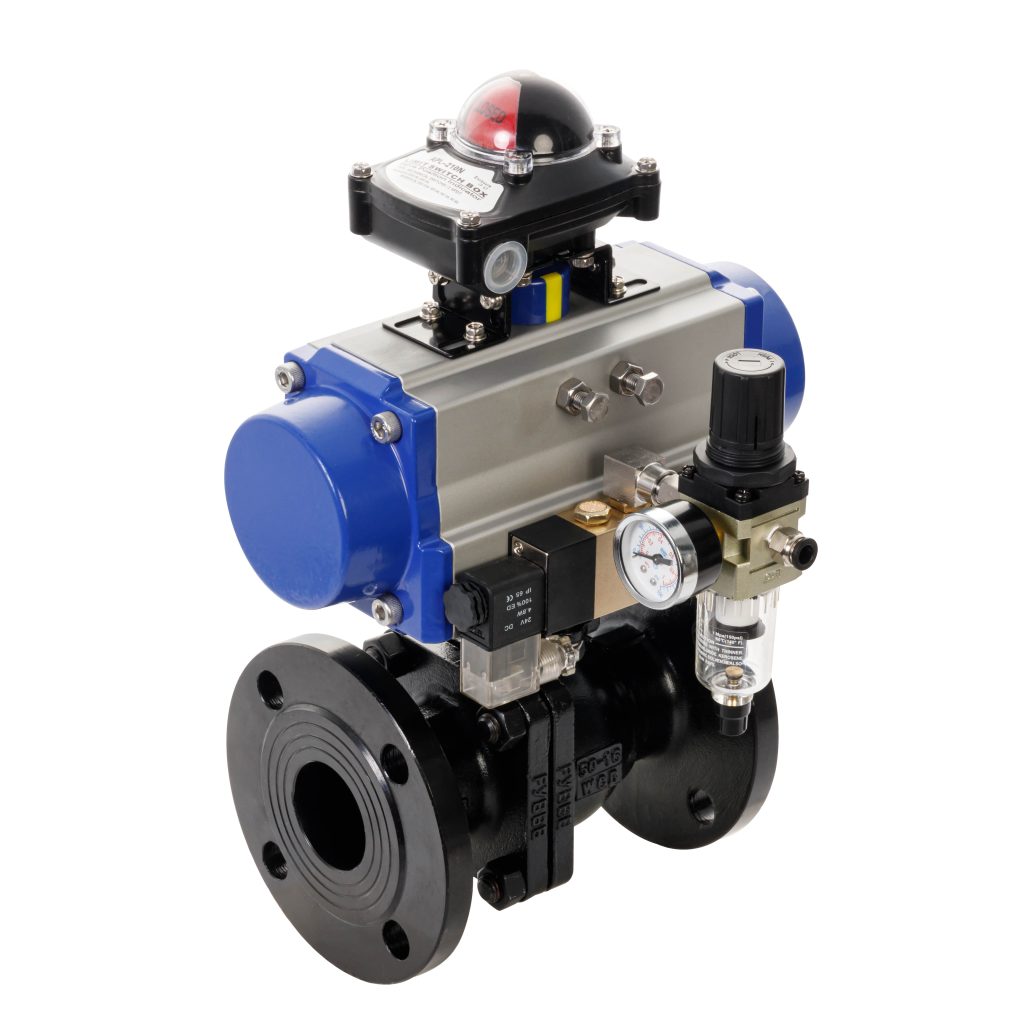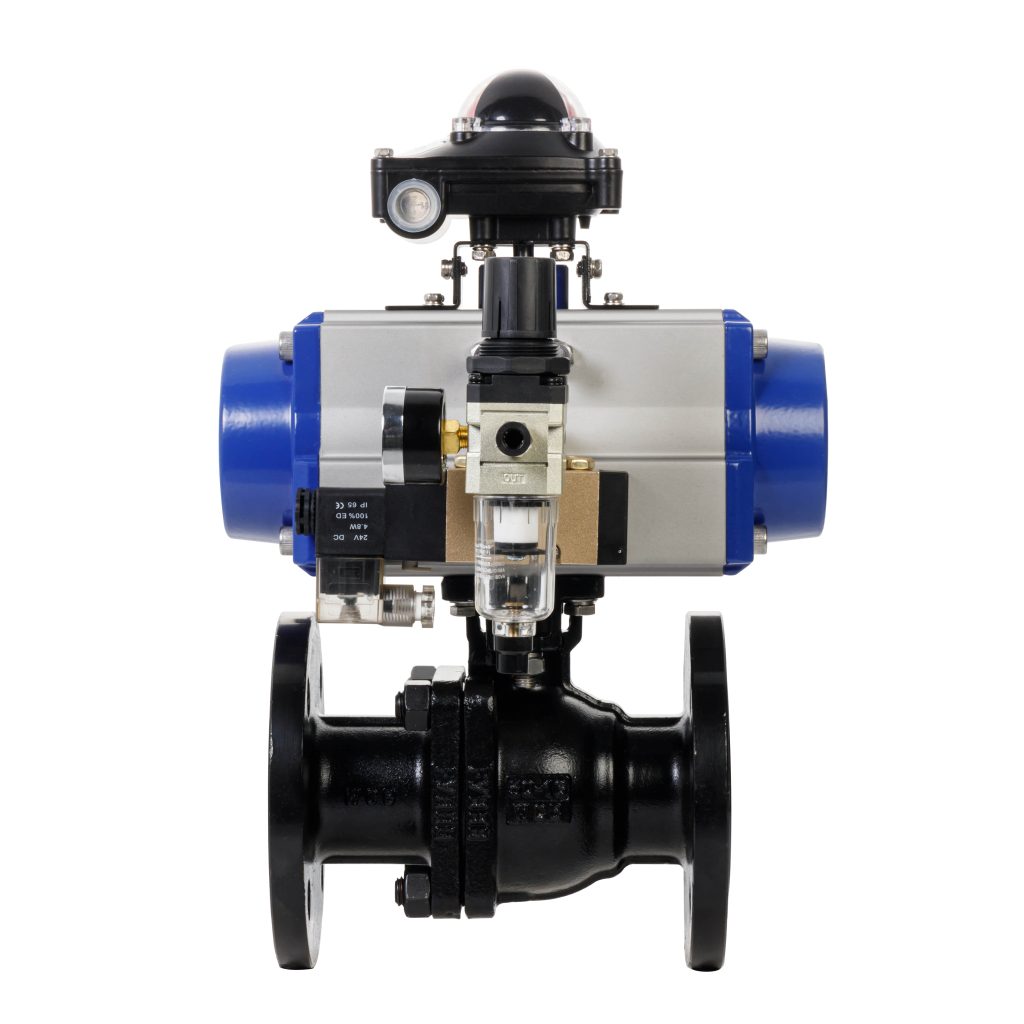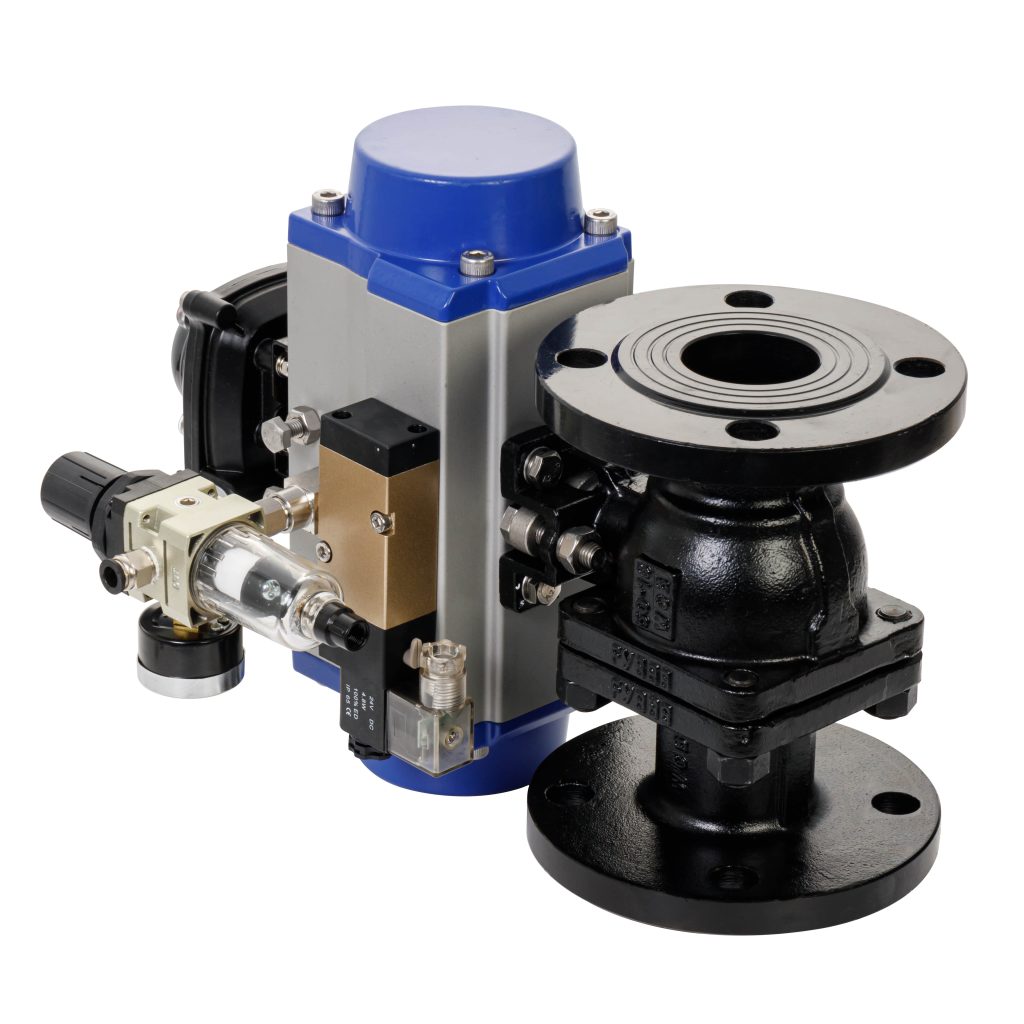Pneumatic ball valves, often referred to as pneumatic actuated ball valves, are a crucial component in industrial fluid control systems. These valves combine the efficiency and durability of a traditional ball valve with the convenience of pneumatic actuation, allowing for precise control of fluid flow with minimal manual intervention.

The Basic Structure and Working Principle

A pneumatic ball valve typically consists of a ball-shaped disc, a seat, and a pneumatic actuator. The ball disc rotates within the valve body, blocking or allowing the flow of fluid depending on its position. The seat provides a tight seal against the ball, ensuring leak-free operation. The pneumatic actuator, powered by compressed air, controls the rotation of the ball disc, allowing for remote operation and automation. Types and Applications Pneumatic ball valves are available in a variety of types and sizes, each suitable for different applications. For instance, UPVC pneumatic ball valves are commonly used in water treatment and distribution systems due to their resistance to corrosion and wear. On the other hand, pneumatic three-way ball valves are ideal for routing fluid flow in complex piping systems.
